From Academia to Action: How academic institutions contribute to waste management
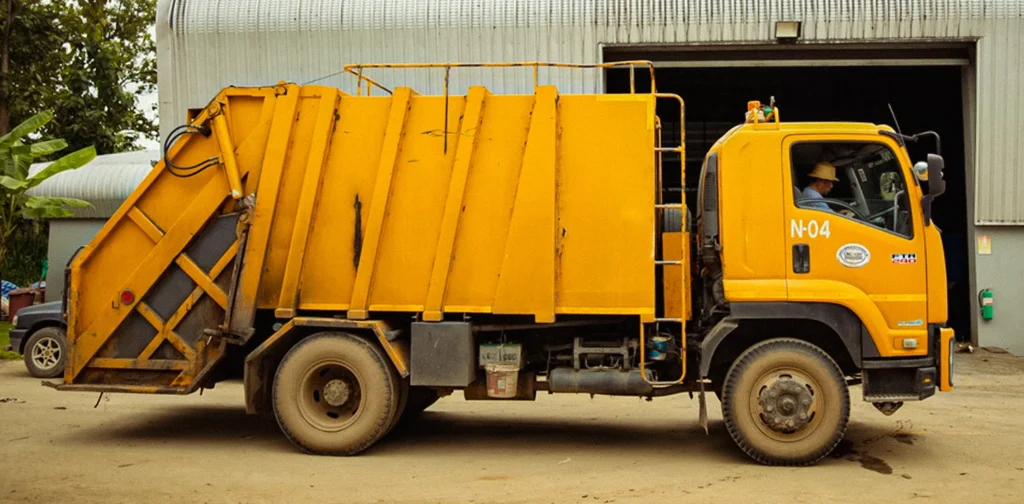
Photo: Chiang Mai University
The world has a mounting waste problem, and some countries are struggling more than others. I got to understand the unique environmental problems that Thailand faces while living in Chiang Mai and traveling around the country. At the same time, I have also begun to learn about how academia can and does contribute to solving those issues, particularly in waste management.
From Waste to Value
While getting to know the culture and its people, I learned about the annual “burning season” that, for a few months, ranks Chiang Mai among the worst cities in the world for air pollution. Yet, it was only one among many waste issues in the city and country.
Recently, I attended an event hosted by Chiang Mai University (CMU), as a friend of mine was working the event and is also attending the university for his Master’s program. While attending the event at Jing Jai Market, I got a glimpse into the issue of waste management, exacerbated by mass tourism and rising plastic usage.
The event showcased innovations in areas such as organic waste upcycling, alternative energy, and eco-friendly packaging. There were products like paper made from cocoa shells or coffee grounds and environmentally-friendly paints.
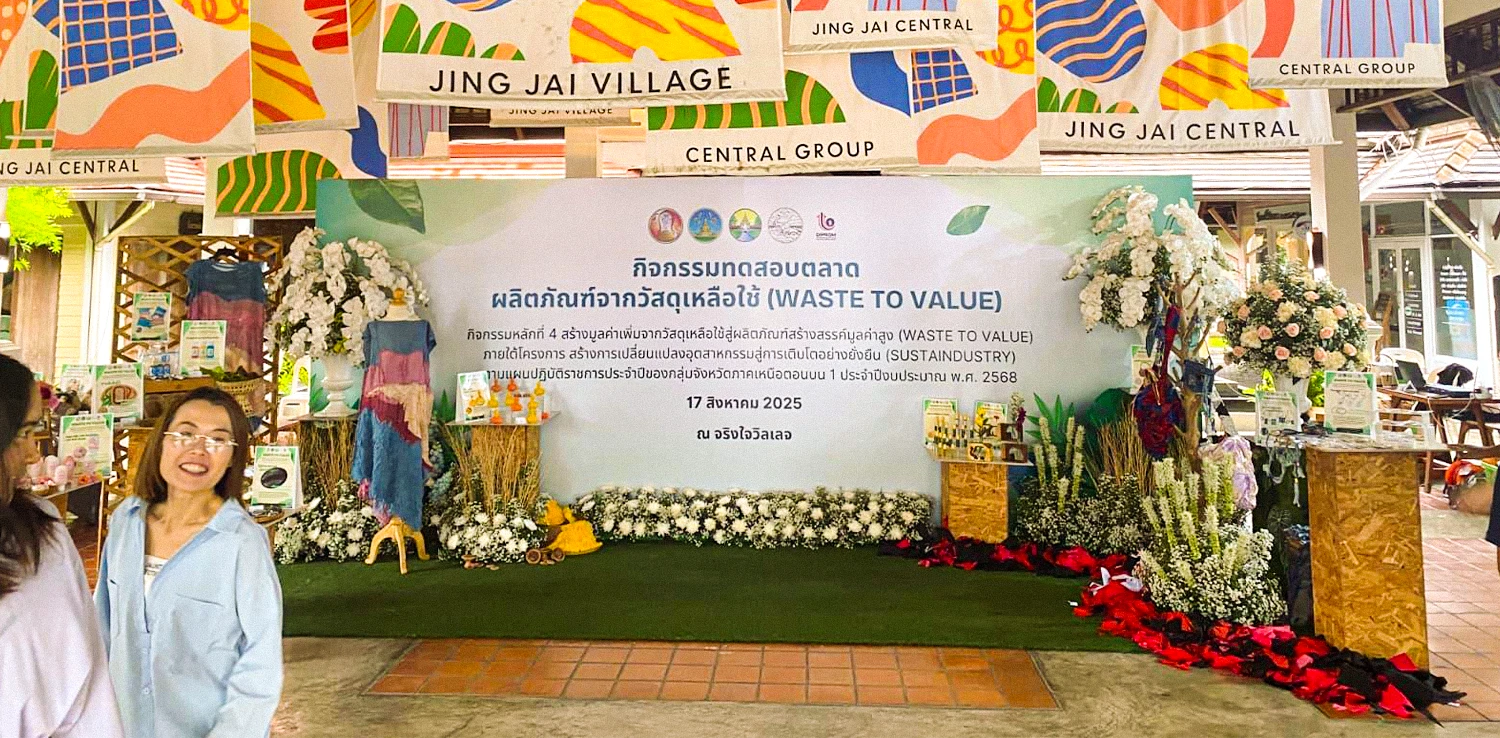
Academic Institutions for Waste Management Innovation
Beyond the event, I have conversed with more people in the country about environmental problems they are facing here. I’ve also been learning about what academic institutions, particularly universities, can do to help solve Thailand’s waste issue.
For example, the waste produced by local agriculture and within CMU’s campus gets renewed into bio-plastic containers, utensils, and other things. The university partners with the nearby farming community to produce these items, thus providing additional income for farmers.
CMU has also developed the Integrated Biomass Management Center, which helps separate garbage and process it into a variety of products: biogas, bio-methane gas, refuse-driven fuel, bricks, and biodiesel. This system attempts to manage CMU’s almost 15 tons of waste per day, which would otherwise go to landfills. They are also collaborating with other organizations on various projects, such as on incorporating difficult-to-recycle plastics into asphalt roads and reducing waste in the tourism industry.
Another example of academia contribution comes from the Surat Thani Rajabhat University (SRU) in Southern Thailand. SRU worked with the UN as a test model for developing waste management solutions. One of which was the “30 Day Zero Waste Challenge” campaign, involving all members of the SRU community from operational staff and management to the students. By the end of the year and a half project period, SRU had seen a reduction of over 40 tons of waste and over 30,000 kgCO2eq in greenhouse gas emissions. The project results were then shared with other universities and provinces, with hopes that similar initiatives will emerge in other communities.
From Academia to Action
For a country facing pressing environmental threats like severe air pollution and excess agricultural and plastic waste, Thailand is showing that academic institutions can be agents of change. Of course, they can contribute by using science for transformation and to guide the next generation into a future that is safer for us all. Beyond their contributions to science and research, though, academia can drive concrete actions by collaborating with local communities and governments. After all, collaboration is key to impactful change.
Editor: Nazalea Kusuma

Join Green Network Asia – An Ecosystem of Shared Value for Sustainable Development
Support Green Network Asia’s movement to create positive impact for people and the planet through public education and multi-stakeholder advocacy on sustainability-related issues and sustainable development.
Become a Member NowPonnila Sampath-Kumar
Ponnila is a Reporter & Research Assistant at Green Network Asia. She comes from a background in technology and information sciences. She is passionate about helping vulnerable communities in areas such as infrastructure management, disaster relief, and environmental awareness.


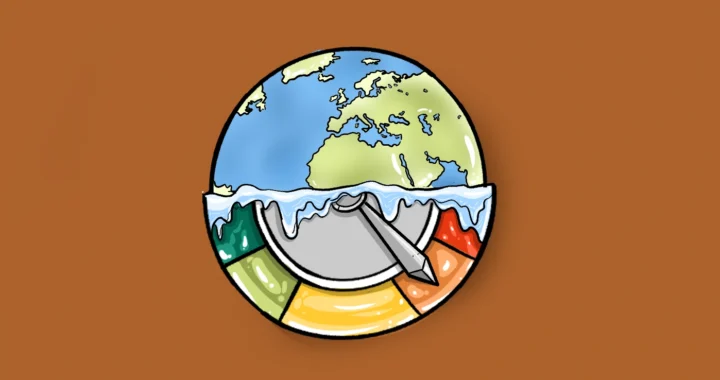 COP30: A Critical Moment to Adopt Climate Adaptation Indicators
COP30: A Critical Moment to Adopt Climate Adaptation Indicators 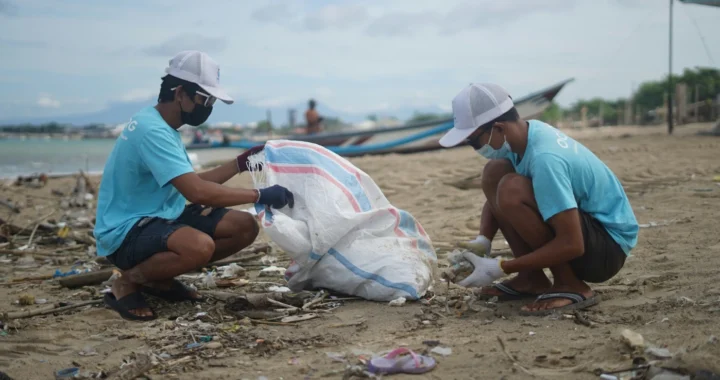 How Citizen Science Can Help Address Plastic Pollution
How Citizen Science Can Help Address Plastic Pollution  Luxury Tourism Threatens the Maasai Mara
Luxury Tourism Threatens the Maasai Mara 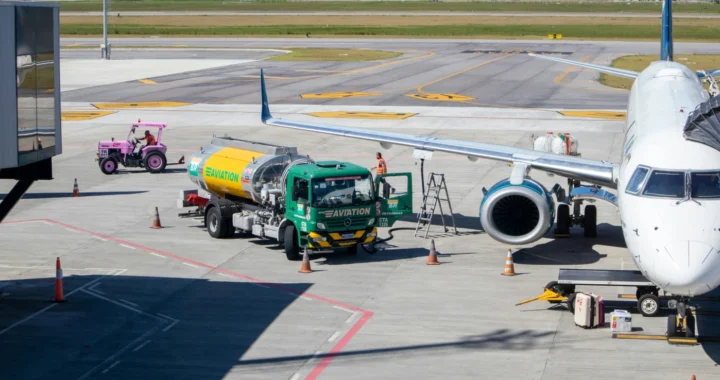 South Korea’s Mandate on Obligatory Use of Sustainable Aviation Fuel (SAF)
South Korea’s Mandate on Obligatory Use of Sustainable Aviation Fuel (SAF)  New Zealand Takes a Step Against the Oceanic Degradation of Hauraki Gulf
New Zealand Takes a Step Against the Oceanic Degradation of Hauraki Gulf 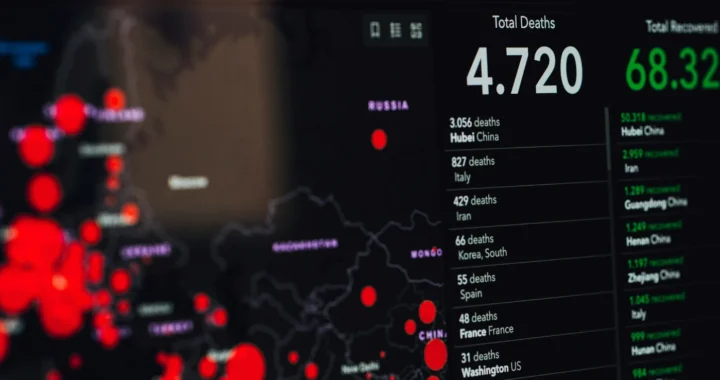 The Inequality-Pandemic Cycle amid Rising Global Vulnerability
The Inequality-Pandemic Cycle amid Rising Global Vulnerability